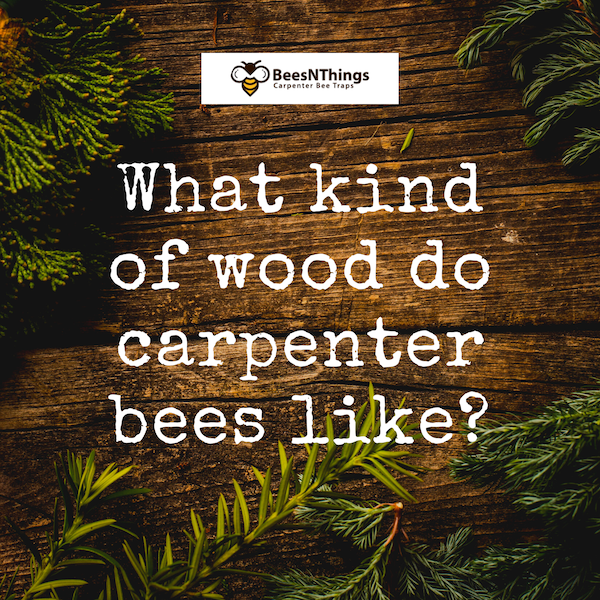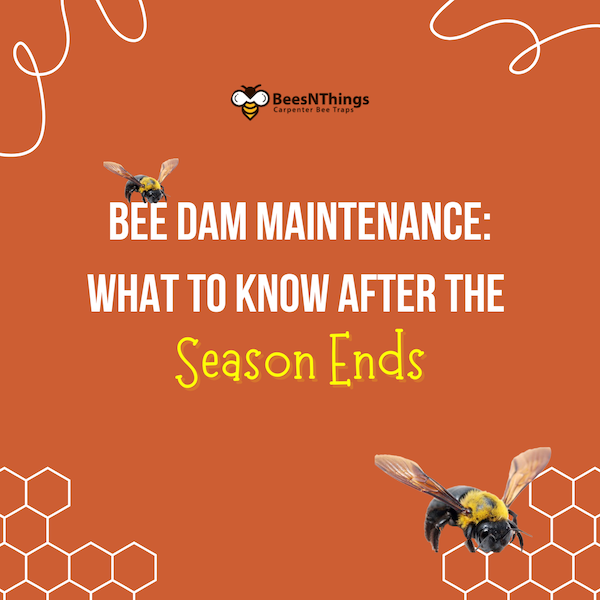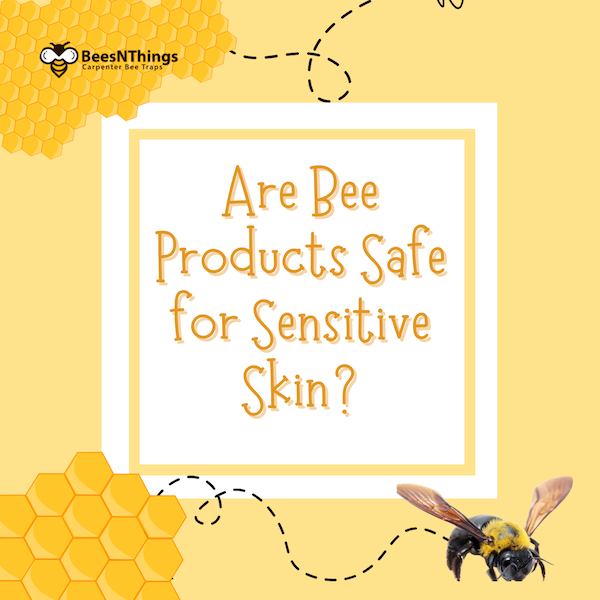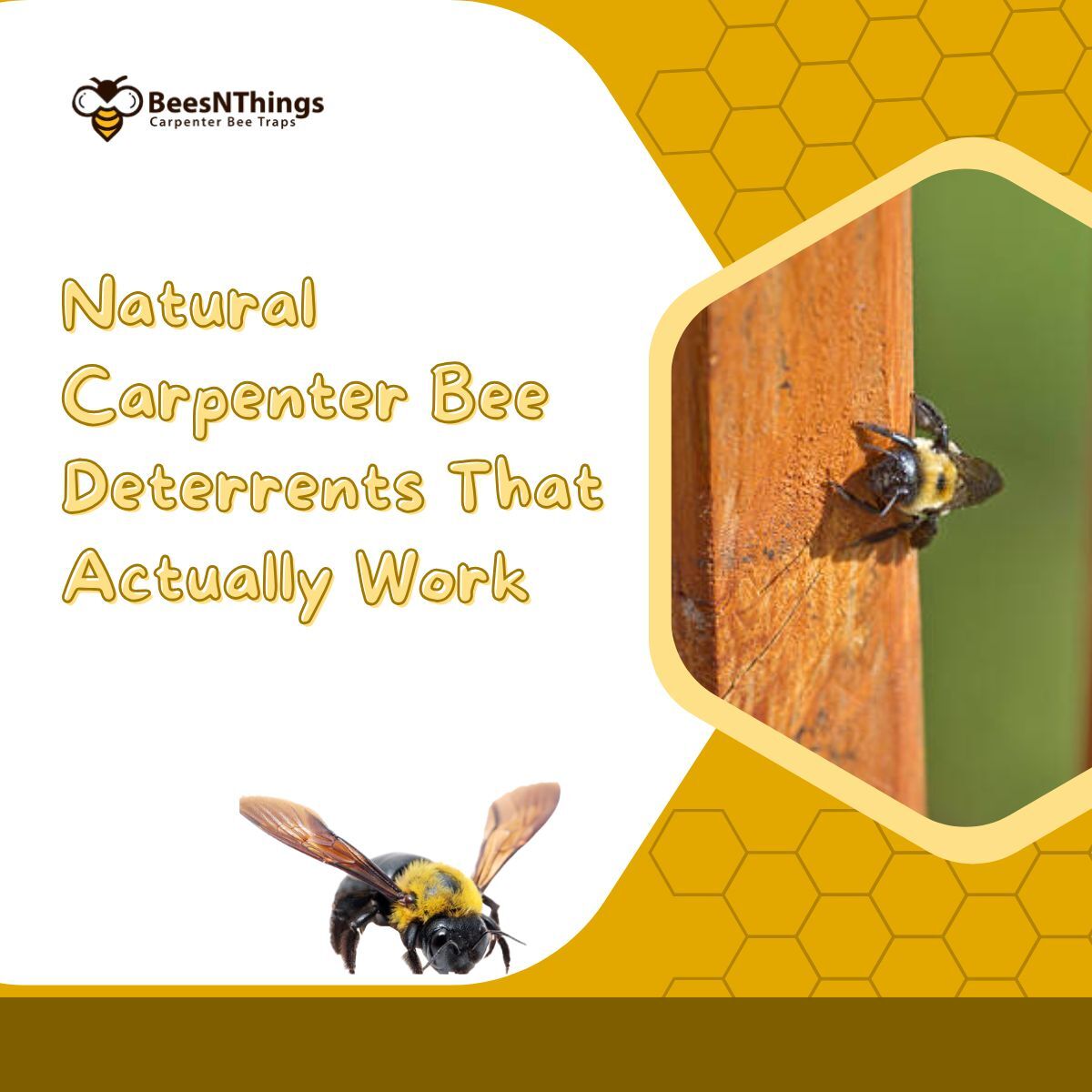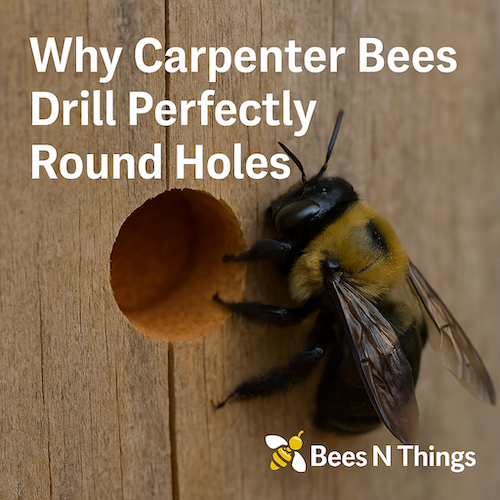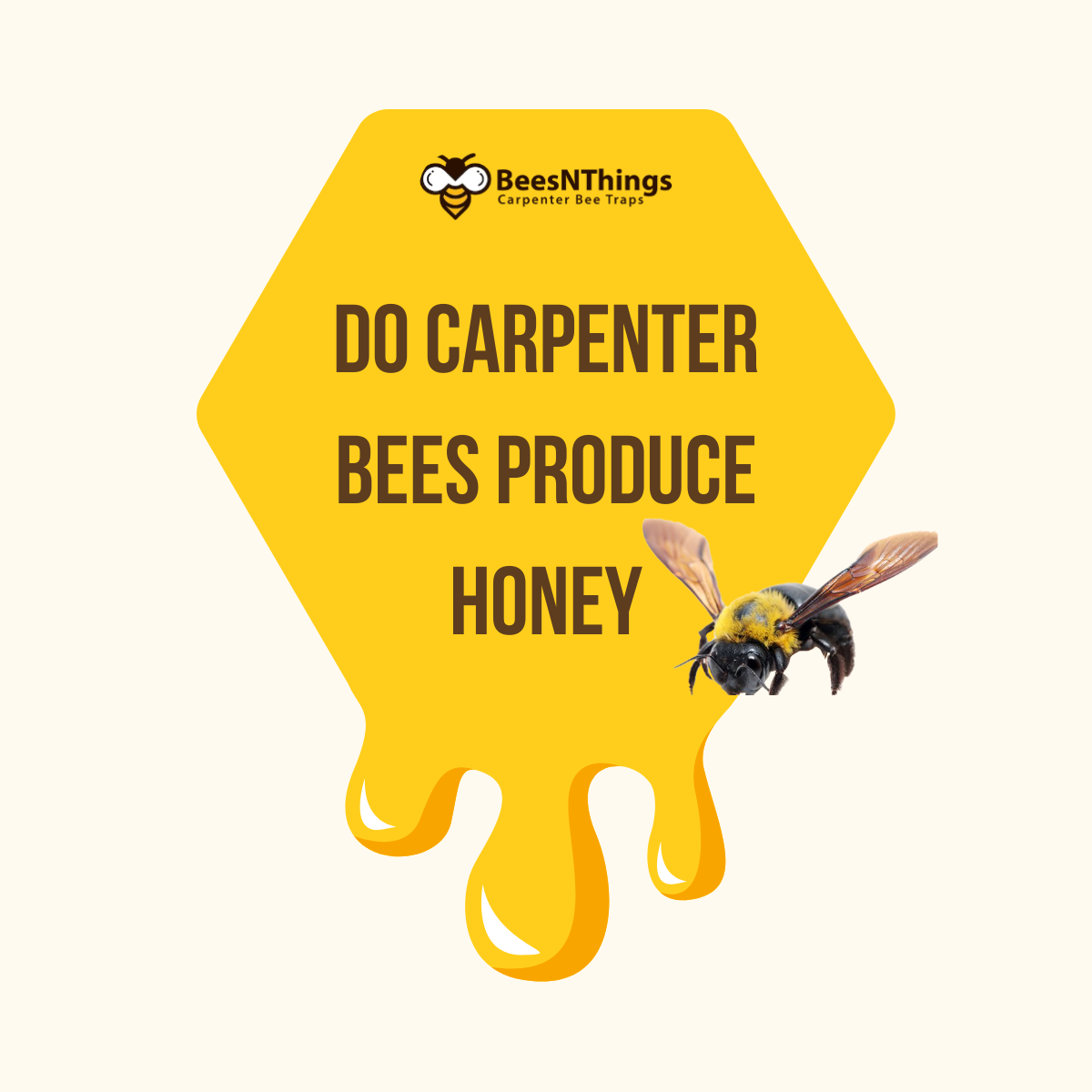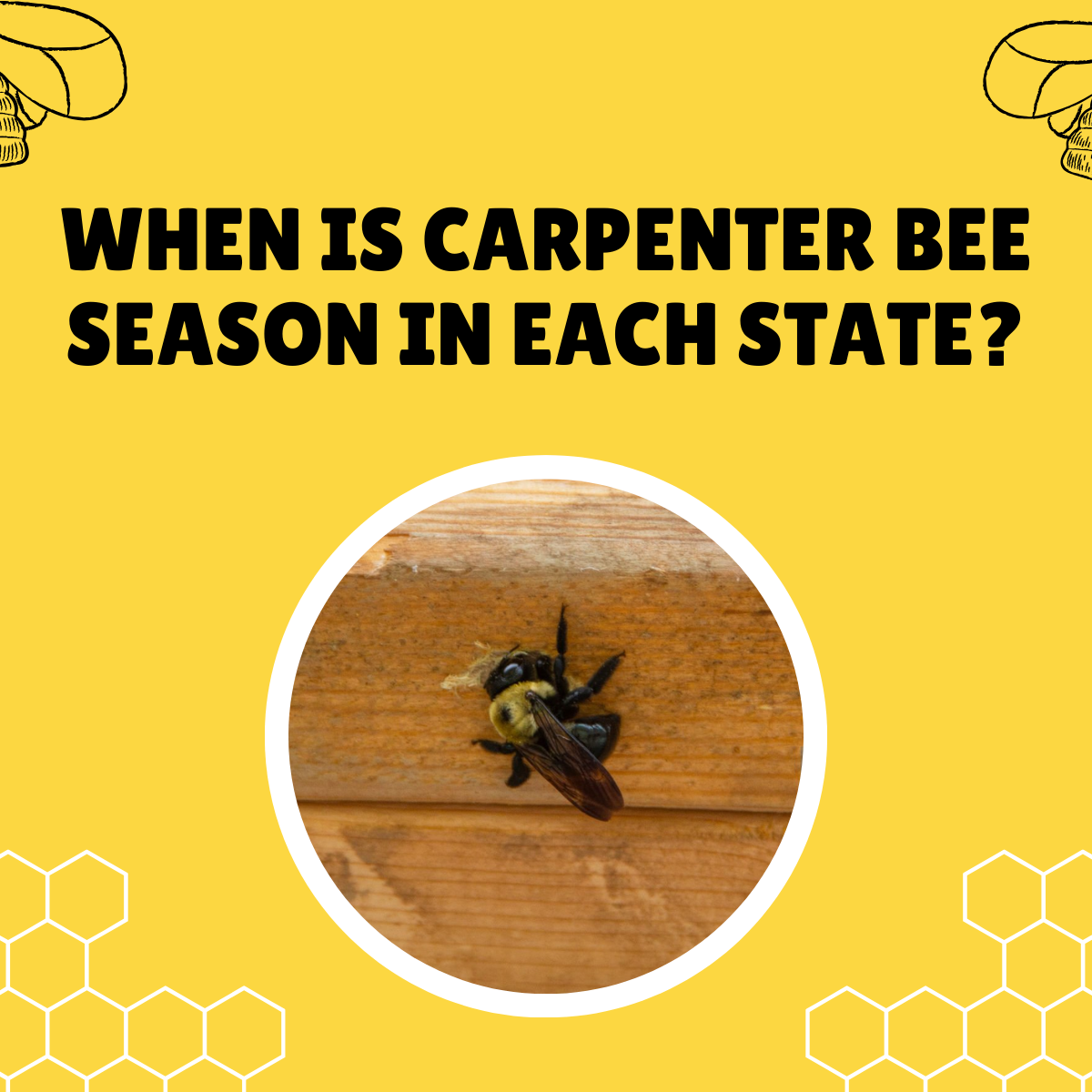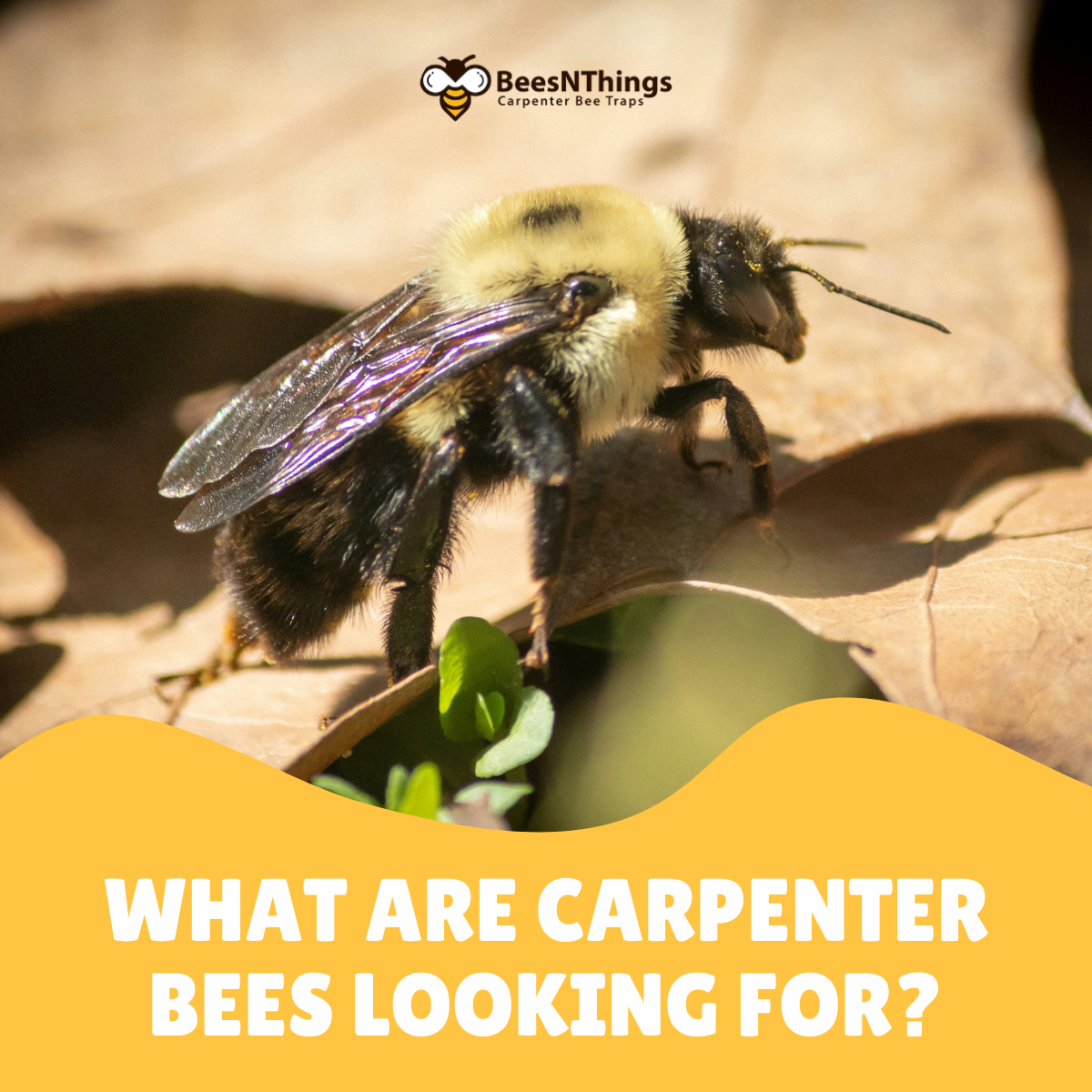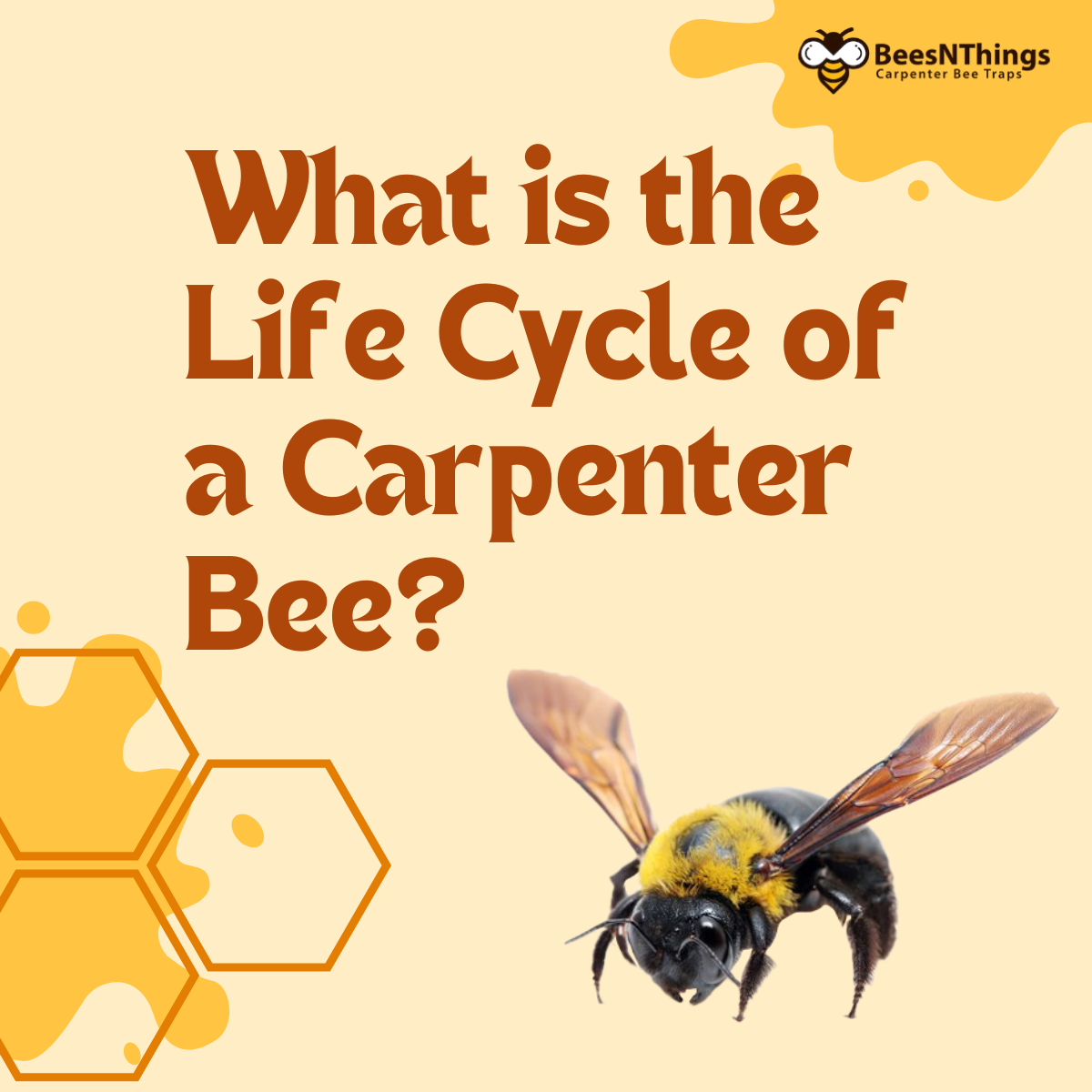BLOG
Do Male or Female Carpenter Bees Create Holes
Learn whether male or female carpenter bees drill holes, why it matters, and how carpenter bee traps protect your home from damage. Shop effective bee traps today.
What kind of wood do carpenter bees like?
Discover which types of wood carpenter bees love to drill into and how to protect your home with Bees N Things’ proven carpenter bee traps and kits.
Bee Dam Maintenance: What to Know After the Season Ends
Are Bee Products Safe for Sensitive Skin?
Natural Carpenter Bee Deterrents That Actually Work
Why Carpenter Bees Drill Perfectly Round Holes
Do Carpenter Bees Produce Honey?
When Is Carpenter Bee Season In Each State
When Is Carpenter Bee Season In Each State Carpenter bees are prevalent pests throughout the US, and their activity varies significantly by region and season. Known for boring into wood, these insects can inflict considerable damage on your property, making it crucial for homeowners to understand their behavior and implement preventative measures.
What Are Carpenter Bees Looking For?
What Are Carpenter Bees Looking For? Carpenter bees are probably the most unwanted visitors, and they have been visiting you quite often lately. Why are they such a problem only for your home and not those in the neighborhood? We can tell you it's no accident that they bore holes in your porch rather than hundreds of trees nearby. The reason is that they find your home more favorable than others. These unwanted guests are fond of untreated wood, flowering plants, overhanging roofs, and even existing nest tunnels around your place.
What is the Life Cycle of a Carpenter Bee?
What is the Life Cycle of a Carpenter Bee? Carpenter bees are fascinating creatures, aren’t they? But have you ever heard how unique and complex their life cycle is? They might seem like a nuisance when you spot them hovering around your wooden porch and your mind immediately goes to bee trap products, but if you take a moment to understand their life cycle, you will be able to deal with them more effectively and maybe even appreciate their role in nature. Let’s break it down so you get the full picture, from start to finish.


